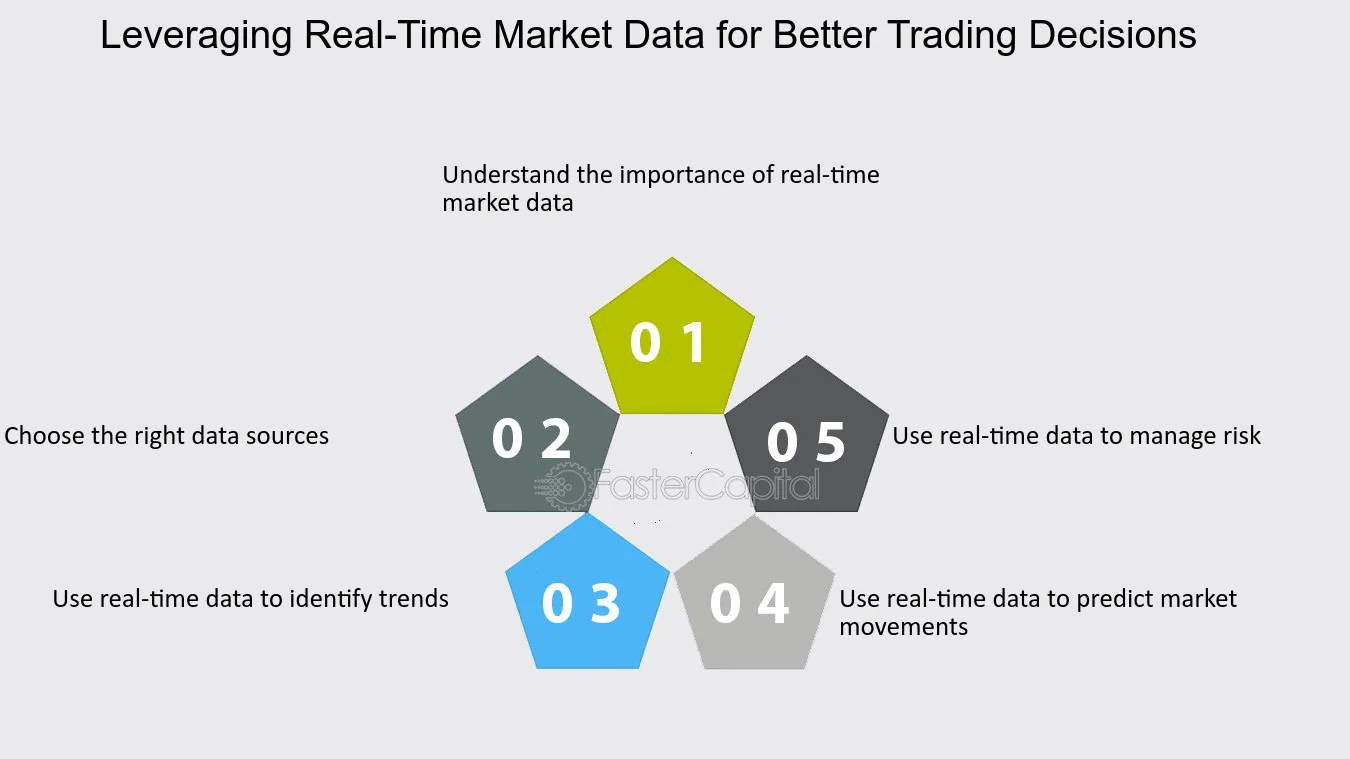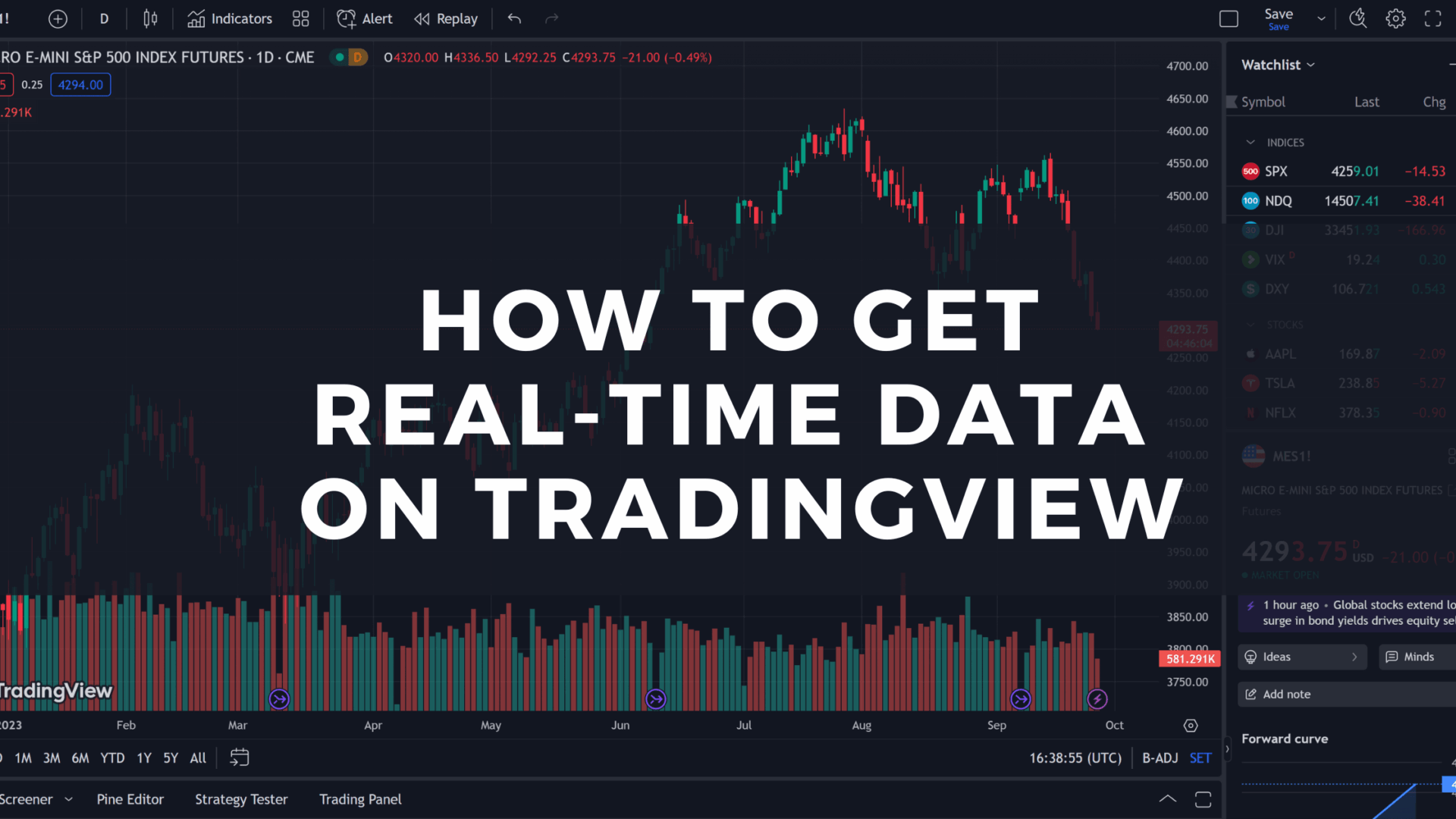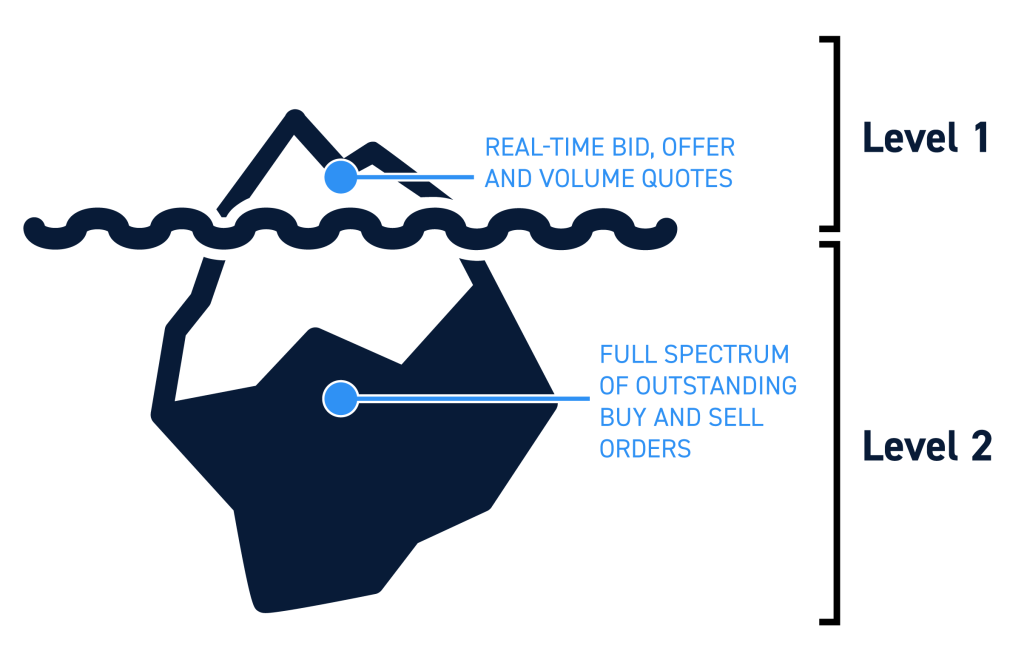Did you know that the average person checks their phone over 100 times a day? For day traders, those numbers can skyrocket as they monitor real-time stock market data! This article dives into the essentials of real-time data for day traders, explaining what it is, how to access it, and why it's crucial for making informed trading decisions. We’ll explore the best platforms, costs involved, and the impact of delayed data on trading outcomes. Plus, learn about the features to look for in software and the integration of news feeds with real-time data. With insights from DayTradingBusiness, you’ll be equipped to enhance your trading strategy and navigate the fast-paced market effectively.
What is real-time stock market data for day traders?
Real-time stock market data for day traders includes live price quotes, trading volume, bid-ask spreads, and order book information. This data allows traders to make quick decisions based on current market conditions. Key features include real-time charting tools, news alerts, and technical indicators. Accessing reliable data feeds from platforms like Bloomberg, Reuters, or trading brokerage apps is essential for effective day trading.
How can I access real-time stock market data?
You can access real-time stock market data through several platforms. Use brokerage services like TD Ameritrade or E*TRADE, which offer real-time quotes for day traders. Financial news websites like Yahoo Finance and Google Finance also provide live stock data. Additionally, consider trading platforms like TradingView or Thinkorswim for advanced charting and analysis tools. Apps like Robinhood and Webull offer real-time data on mobile.
Why is real-time data crucial for day trading?
Real-time data is crucial for day trading because it provides instant insights into price movements, allowing traders to make quick decisions. Accurate, up-to-the-minute information helps identify trends and potential entry or exit points effectively. Without real-time data, traders risk missing critical opportunities or reacting too late to market changes, which can lead to significant losses. Speed and accuracy in data are essential for executing trades profitably in the fast-paced stock market environment.
What are the best platforms for real-time stock market data?
The best platforms for real-time stock market data include:
1. Thinkorswim – Excellent for advanced charting and technical analysis.
2. TradeStation – Offers robust tools for day traders and a customizable interface.
3. E*TRADE – User-friendly with reliable real-time quotes and research tools.
4. TD Ameritrade – Comprehensive platform with extensive market data and educational resources.
5. Interactive Brokers – Great for low-cost trading and access to global markets.
6. Bloomberg Terminal – Ideal for professionals needing in-depth analysis and data.
Choose based on your trading style and data needs.
How do I choose the right real-time data source for trading?

To choose the right real-time data source for trading, consider the following:
1. Speed: Look for a service that provides low-latency data to ensure you receive market updates instantly.
2. Coverage: Ensure the source includes the markets and instruments you trade, whether stocks, ETFs, or options.
3. Reliability: Research the provider's uptime and track record to avoid service interruptions during critical trading moments.
4. Cost: Compare pricing plans to find one that fits your budget while still offering the features you need.
5. Features: Check for advanced tools like charting, technical indicators, and customizable alerts that enhance your trading strategy.
6. User Experience: Choose a platform with an intuitive interface that allows for easy navigation and quick decision-making.
7. Customer Support: Opt for a provider with responsive customer service in case you encounter issues.
Evaluate these factors against your trading strategy to select the best real-time data source for your needs.
What are the costs associated with real-time stock market data?
The costs associated with real-time stock market data for day traders include subscription fees for data feeds, which can range from $10 to several hundred dollars per month depending on the provider and data quality. Some brokers offer free or discounted access to real-time data for active traders. Additionally, there may be costs for trading platforms that provide advanced analytics and charting tools. Keep in mind that high-speed internet and hardware upgrades might also be necessary to effectively utilize this data, adding to overall expenses.
How does delayed stock market data impact day trading?
Delayed stock market data can significantly hinder day trading. Traders rely on real-time information to make quick decisions. If data is delayed, they may miss crucial price movements, leading to poor entry or exit points. This can result in lost profits or increased losses. Accurate, up-to-the-minute data is essential for effective strategy execution and risk management. Without it, day traders face a higher chance of trading on outdated information, which can compromise their overall performance.
What features should I look for in real-time stock data software?
Look for features like live price updates, customizable alerts, advanced charting tools, technical analysis indicators, and news integration. Ensure it offers low latency for quick execution, historical data access, and a user-friendly interface. Support for multiple asset classes and mobile accessibility are also essential for day traders.
Can I get real-time stock market data for free?
Yes, you can get real-time stock market data for free. Platforms like Yahoo Finance, Google Finance, and TradingView offer real-time quotes without charge. Additionally, some brokerage firms provide free access to real-time data for their clients. Just be aware that while some services are free, they may have limitations or delayed data for certain stocks.
How does real-time data analysis enhance day trading strategies?

Real-time data analysis enhances day trading strategies by providing immediate insights into stock price movements, volume changes, and market trends. This allows traders to make quick, informed decisions based on up-to-the-minute information. For instance, accessing live charts helps identify breakout patterns, while real-time news feeds can alert traders to events that impact stock prices. Additionally, real-time data enables effective risk management through instant adjustments to stop-loss orders and position sizes. Overall, leveraging real-time stock market data increases the agility and precision of day trading strategies.
Learn about How to Use Technical Analysis for Options Day Trading
What types of real-time data do day traders need?
Day traders need several types of real-time data, including:
1. Price Quotes: Current stock prices, bid-ask spreads, and last traded prices.
2. Volume Data: Real-time trading volume to assess market activity.
3. Level II Quotes: Detailed order book data showing market depth.
4. News Feeds: Instant updates on financial news, earnings reports, and economic indicators.
5. Technical Indicators: Live updates on moving averages, RSI, MACD, and other key metrics.
6. Market Sentiment: Real-time social media sentiment and analyst ratings.
7. Economic Calendars: Alerts for upcoming economic events that could impact trading.
These data points help day traders make informed, quick decisions.
How can technical indicators benefit from real-time stock data?
Technical indicators benefit from real-time stock data by providing timely insights into price movements and market trends. This immediacy allows day traders to make quick, informed decisions based on current market conditions. For example, indicators like moving averages or RSI (Relative Strength Index) react to live price changes, enhancing the accuracy of buy or sell signals. Real-time data also helps traders spot patterns and momentum shifts as they happen, improving entry and exit strategies. Overall, the integration of real-time stock data with technical indicators maximizes trading effectiveness and responsiveness.
What are the risks of using unreliable real-time data?
Using unreliable real-time stock market data can lead to significant risks for day traders, including poor decision-making based on inaccurate price movements, missed trading opportunities due to delayed information, and increased financial losses from executing trades based on false signals. Additionally, it can result in heightened emotional stress and impulsive trading actions, further compounding losses. Ultimately, reliance on unreliable data can undermine a trader's strategy and overall performance.
How do news feeds integrate with real-time stock market data?
News feeds integrate with real-time stock market data by providing timely updates and insights that can influence stock prices. Day traders rely on these feeds to receive breaking news, earnings reports, and economic indicators that impact market movements. This integration allows traders to make informed decisions quickly, often using algorithms to analyze both news sentiment and stock price changes in real time. For instance, a sudden news alert about a company's earnings can trigger immediate trading actions based on the stock's real-time performance.
What role does latency play in real-time stock trading?
Latency in real-time stock trading refers to the delay between the moment a trade signal is generated and when it is executed. Lower latency allows day traders to react quickly to market changes, ensuring they capitalize on price movements before they disappear. High latency can lead to missed opportunities or unfavorable prices, negatively impacting trading performance. For day traders, minimizing latency is crucial for maximizing profits and maintaining a competitive edge.
## What are the best stocks for day trading today using real-time market data?

The best stocks for day trading today include highly liquid options like Apple (AAPL), Amazon (AMZN), and Tesla (TSLA). For real-time stock market data, use platforms like TD Ameritrade, E*TRADE, or Webull.
Learn more about: Best Stocks for Day Trading Today
Learn about Best Stocks for Day Trading Today
How can I integrate real-time stock data into my trading strategy?
To integrate real-time stock data into your trading strategy, start by choosing a reliable data provider that offers real-time updates. Use an API to pull this data into your trading platform or custom application. Set up alerts for key price movements and trends based on your trading criteria. Incorporate this data into your technical analysis—use indicators, charts, and patterns to inform your decisions. Finally, backtest your strategy with historical data to refine your approach before executing trades in real-time.
Conclusion about Real-Time Stock Market Data for Day Traders
In conclusion, understanding and accessing real-time stock market data is essential for effective day trading. It empowers traders to make informed decisions quickly, ultimately enhancing their strategies and performance. By choosing the right platforms and integrating reliable data sources, such as those recommended by DayTradingBusiness, traders can mitigate risks and capitalize on market opportunities more effectively. Prioritizing real-time data will not only improve your trading outcomes but also provide a competitive edge in the fast-paced stock market environment.